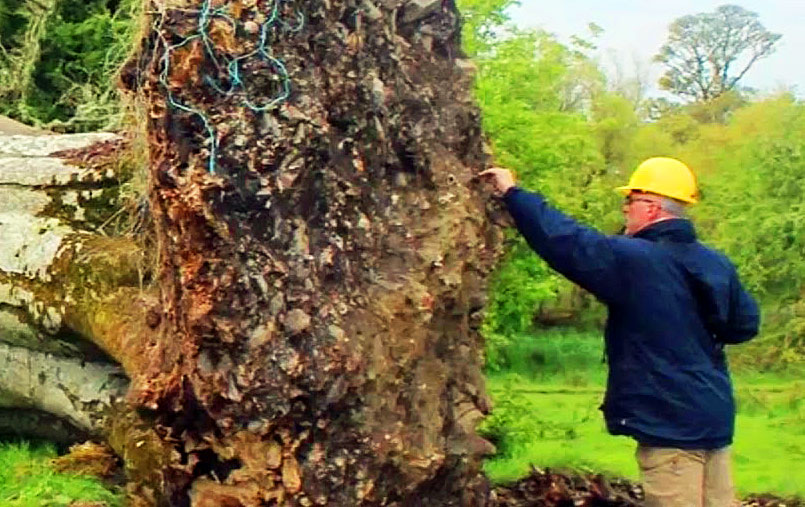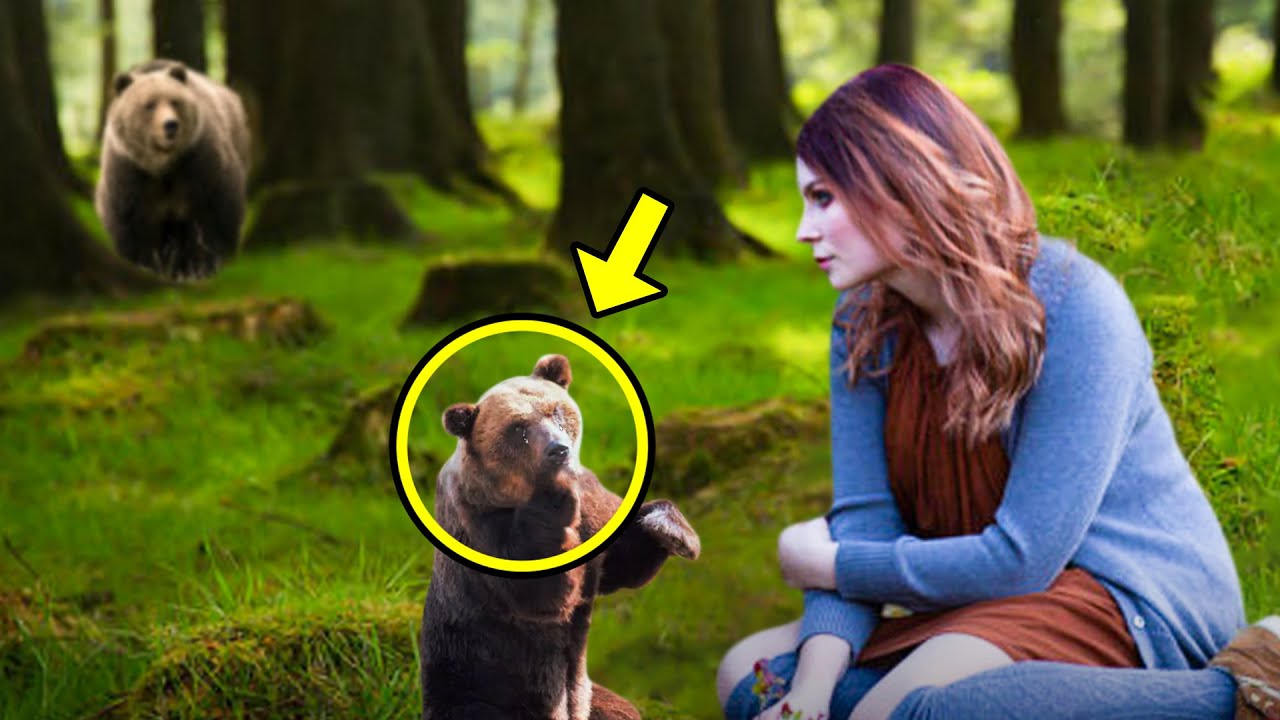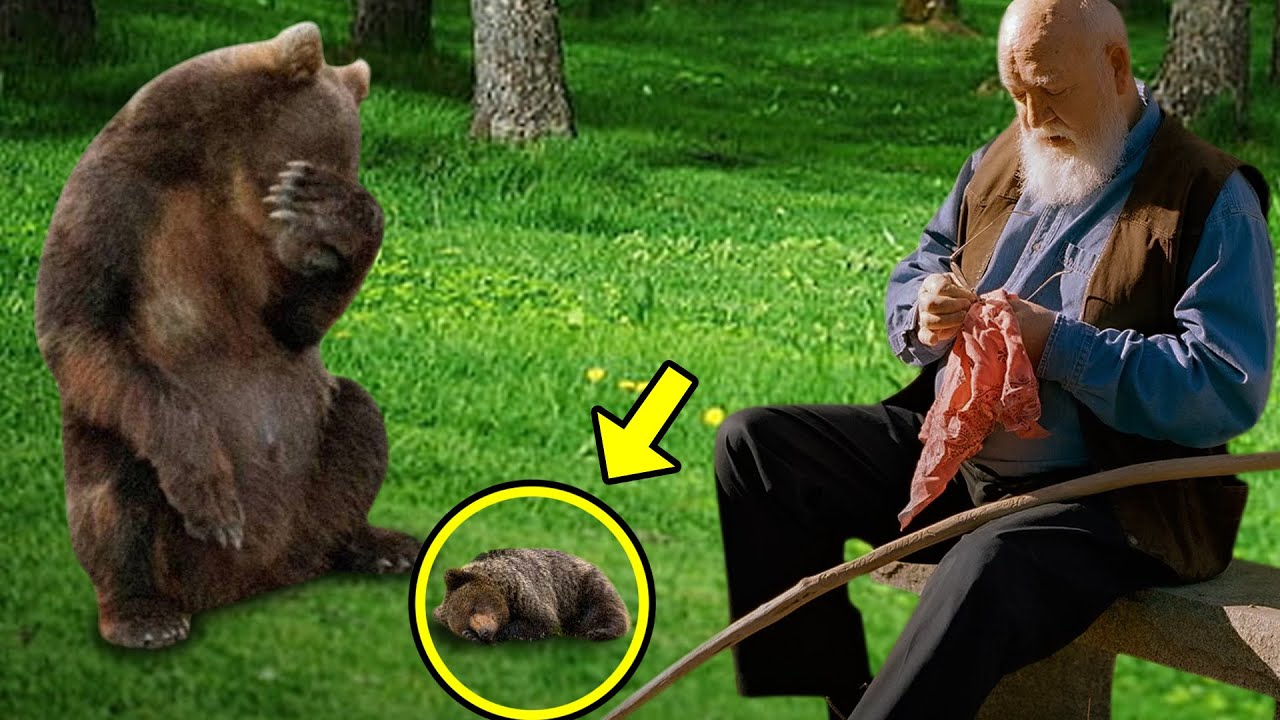
image via – youtube.com
There are quite a few famous trees located throughout the world. Some are known for their size, like General Sherman, the world’s largest tree located in California’s Sequoia National Park, while others are famous from folklore, like The Major Oak in Sherwood Forest, England where Robin Hood is rumored to have slept.
In Northern Ireland, the most well-known trees are a group of Beech trees called the Dark Hedges. They line both sides of a rural road with their branches intertwined above it to form a dramatic, picturesque tunnel that has become famous from being featured in movies and shows. Most recently, they were the backdrop for the King’s Road in HBO’s hit series Game of Thrones, lending a dark, eerily beautiful atmosphere for several scenes.
Whereas the Dark Hedges are the most known group of Beech trees, a lone one located in Collooney, a small town on the northwest coast of Ireland, gained worldwide attention after it was knocked over in a storm. Back in 2015 severe storms whipped the island and proved too much for the huge tree which toppled over and lay with its root system exposed. Months later someone took a closer look at it and noticed something shocking tangled up in all the dirt and roots.
What they found appeared to be a human skeleton and so archeologists from the Sligo-Leitrim Archaeological Services (SLAS) were called in to examine it. They determined that it was indeed a human and the skeleton had been split in half when the tree was uprooted.
The lower body was found still in the ground, while the skull, arm, and torso were caught up in the tree roots. After carefully removing the bones and looking them over it was determined that they were from a male between the ages of 17 and 20 years old, and so now the question was when did he die?
To figure that out carbon dating was used and when scientists got the results they were stunned. It turned out that the bones dated back over 1,000 years ago to sometime between 1030-1200 CE! Further analysis revealed the man was approximately 5’10”, quite tall for that time period.
He also likely had a very physical job since his bone joints showed major signs of wear. However, the most shocking finding of all was that the man had not died of natural causes, instead he was probably murdered.
Slash marks on his ribs and hands that appeared to be caused by a knife indicated that he’d been mortally wounded while trying to escape his killer. Since he lived in medieval Europe, it was presumed he either died in combat or after getting into a skirmish with someone off the battlefield. Based on how the man was placed in the grave, in an east-west position with his hands folded over his front, it appeared that he was given a proper Christian burial as was done in those times.
Even though the Beech tree had been planted right above the man’s final resting place, whoever put it there had no idea of his presence. The tree itself had been planted in the early 1800s and years later its roots eventually reached the skeleton.
Records indicate that the area used to once have a church and cemetery around the time the man lived, so there may be more graves beside his near the site. After being studied, the bones were sent to the National Museum of Ireland in Dublin where they remain to this day.
Watch the video below for the full story:
Please SHARE This With Family and Friends










